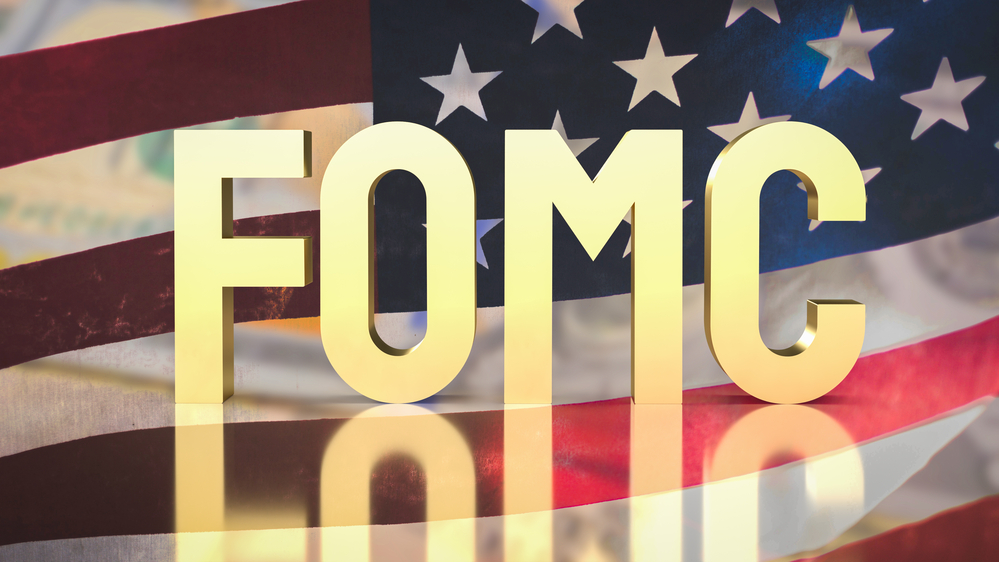
Monetary Policy & Inflation | US

Monetary Policy & Inflation | US
This article is only available to Macro Hive subscribers. Sign-up to receive world-class macro analysis with a daily curated newsletter, podcast, original content from award-winning researchers, cross market strategy, equity insights, trade ideas, crypto flow frameworks, academic paper summaries, explanation and analysis of market-moving events, community investor chat room, and more.
The Fed stayed on hold as expected. Since there was no SEP, the policy outlook was conveyed through the tone of the statement and presser, which were more hawkish than I expected.
Chair Powell was focused on current data rather than on risks to the outlook. He stressed that, by contrast with survey data, hard economic data showed an economy in good shape. When asked about port data showing lower shipping volumes, Powell said it was not shown in the hard economic data.
In Powell’s view, risks to inflation and employment remained balanced despite uncertainty that ‘has increased further.’ ‘All of the administration policies are still evolving, however, and their effects on the economy remain highly uncertain.’ When asked about inflation risks when energy prices were lower and when the labour and housing markets were better balanced, Powell replied, ‘there’s just so much that we don’t know. I think – and we’re in a good position to wait and see.’
Powell stressed that, with policy well-positioned to address either leg of the mandate, there were no costs to waiting. He intends to do so until there is clarity on the Trump administration’s policies. When asked how long the wait could be, Powell ‘could not provide a time frame.’
To cut, Powell said the Fed needed to see hard data weaknesses. When asked about a June cut, Powell implied a high bar. He replied, ‘we don’t need to be in a hurry.’ He further explained that before cutting the Fed would ‘look at the whole huge array of labour market data’ and inflation. ‘We could be in a position of having to balance those two things.’ Powell also indicated that 2025 cuts were not guaranteed.
When asked if this policy stance reduced risks of a soft landing, Powell explained that, with inflation above target and upside risks, the Fed could not be as proactive as in 2019 when inflation was below target. He also declined to say how much of an increase in unemployment he could tolerate.
The Fed could be underestimating risks to growth and overestimating risks to inflation. Powell seems to see risks as narrowly limited to the impact of higher costs on inflation and employment.
I think broader macro risks exist associated with regime change in international trade and government economic intervention. The uncertainty these massive changes have generated is exceptional and likely to lift the private sector savings rate.
Also, there is risk of student borrowers actually having to pay back their loans, which no one mentioned during the presser. And the fiscal position is precarious with the deficit at 7% of GDP and a steep increase in the term premium. Congress delivering fiscal consolidation would be negative for growth. But Treasury market instability could resume without this. While the SPX is back to its pre-2 April level, the term premium and bond volatility remain elevated (Charts 1 and 2).
Furthermore, risk exists that Fed hawkishness could create perception of political bias and lead to a loss of support for Fed independence. Renewed attacks on its independence could also trigger bond market volatility.
Lastly, the Fed did not tweak quantitative tightening as I expected. Nevertheless, I still think the Fed balance sheet is likely too small already and that signs of liquidity pressures are likely to strengthen.
My base case scenario remains for a recession of median severity, though risks of a deeper recession have increased due to Fed reactivity and, in my view, excessive hawkishness.
Because the Fed is more reactive than I expected, it is likely to start cutting later than my initial expectation of June. Instead, it could start cutting in July or September. A June cut could require a combination of, e.g., a 30bp increase in May’s unemployment rate and the next two core PCE prints below 20bp MoM, which I think has a near-to but less-than 50% probability.
The Fed would cut faster because it would be behind the curve, with most of the six cuts I expect still occurring in 2025. This compares with markets expecting three 2025 cuts and two 2026 cuts.
Spring sale - Prime Membership only £3 for 3 months! Get trade ideas and macro insights now
Your subscription has been successfully canceled.
Discount Applied - Your subscription has now updated with Coupon and from next payment Discount will be applied.